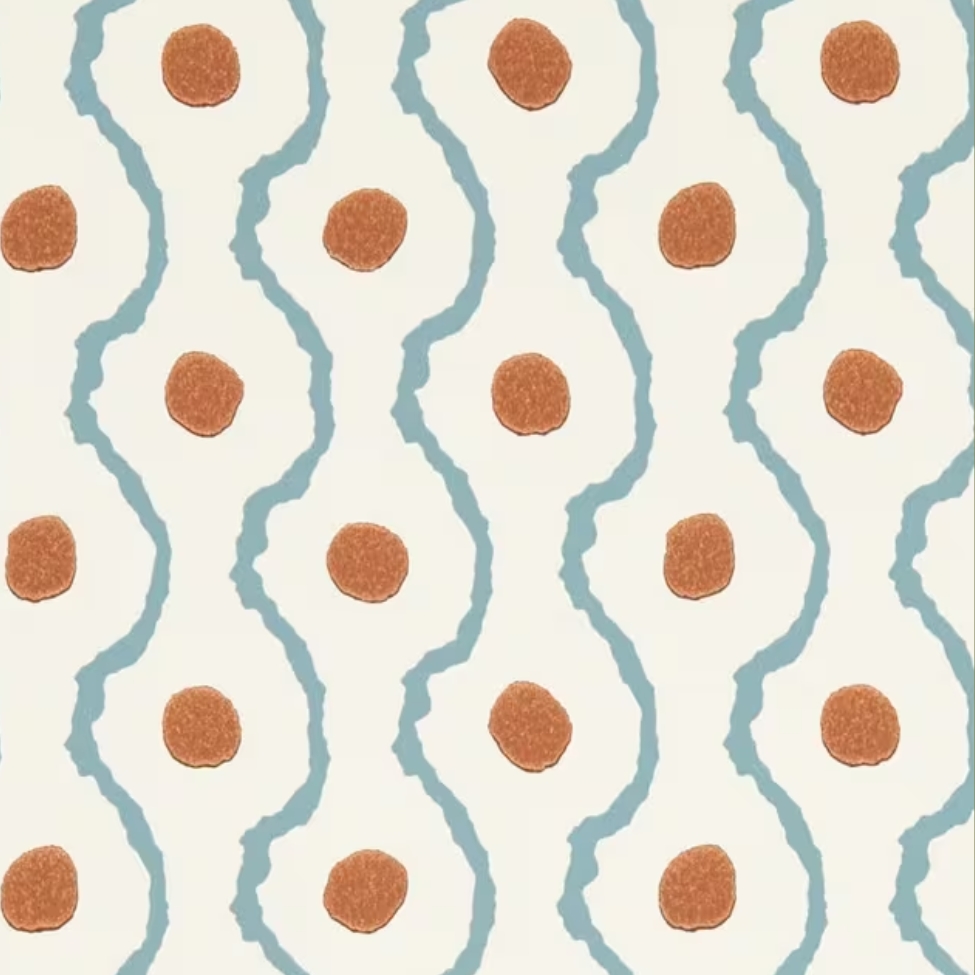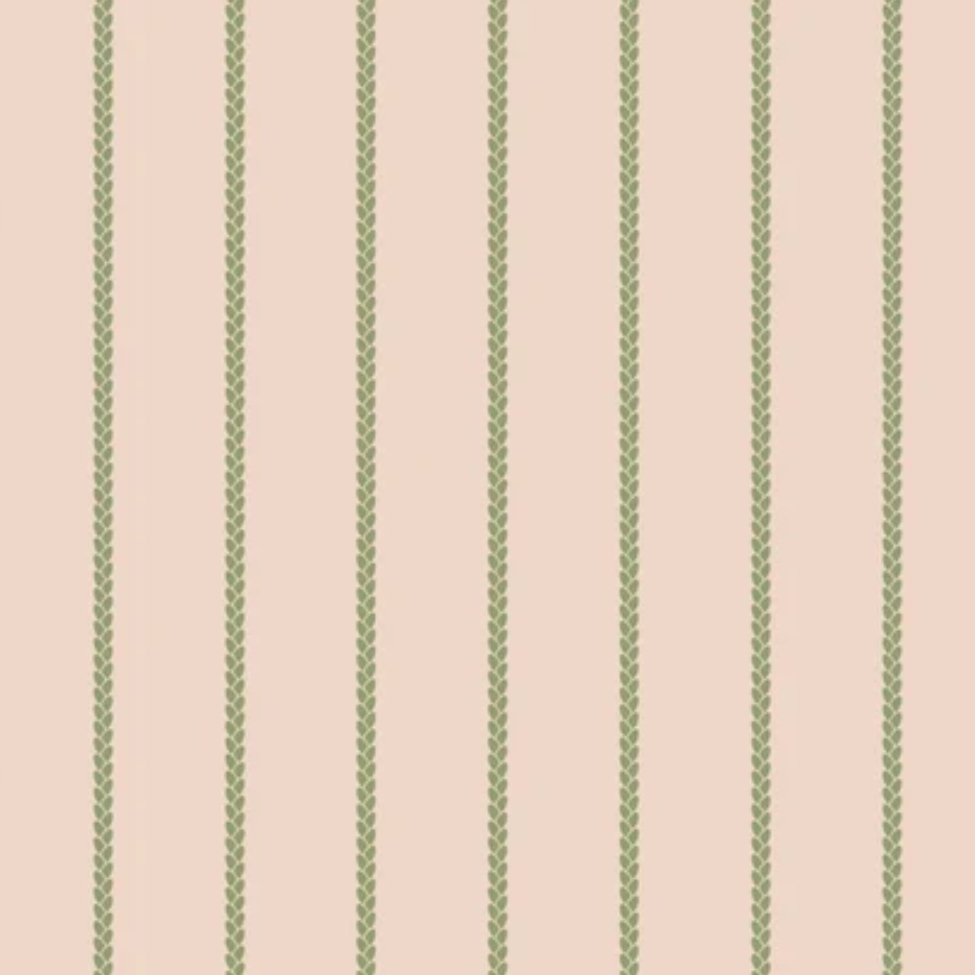Your Questions, Answered by an Interior Designer — Color Drenching, Kitchen Wallpaper, and Life-Friendly Sofas
There’s nothing interior designer Stephanie Barba Mendoza doesn’t know about using color and pattern, so we posed her the questions you ask us most
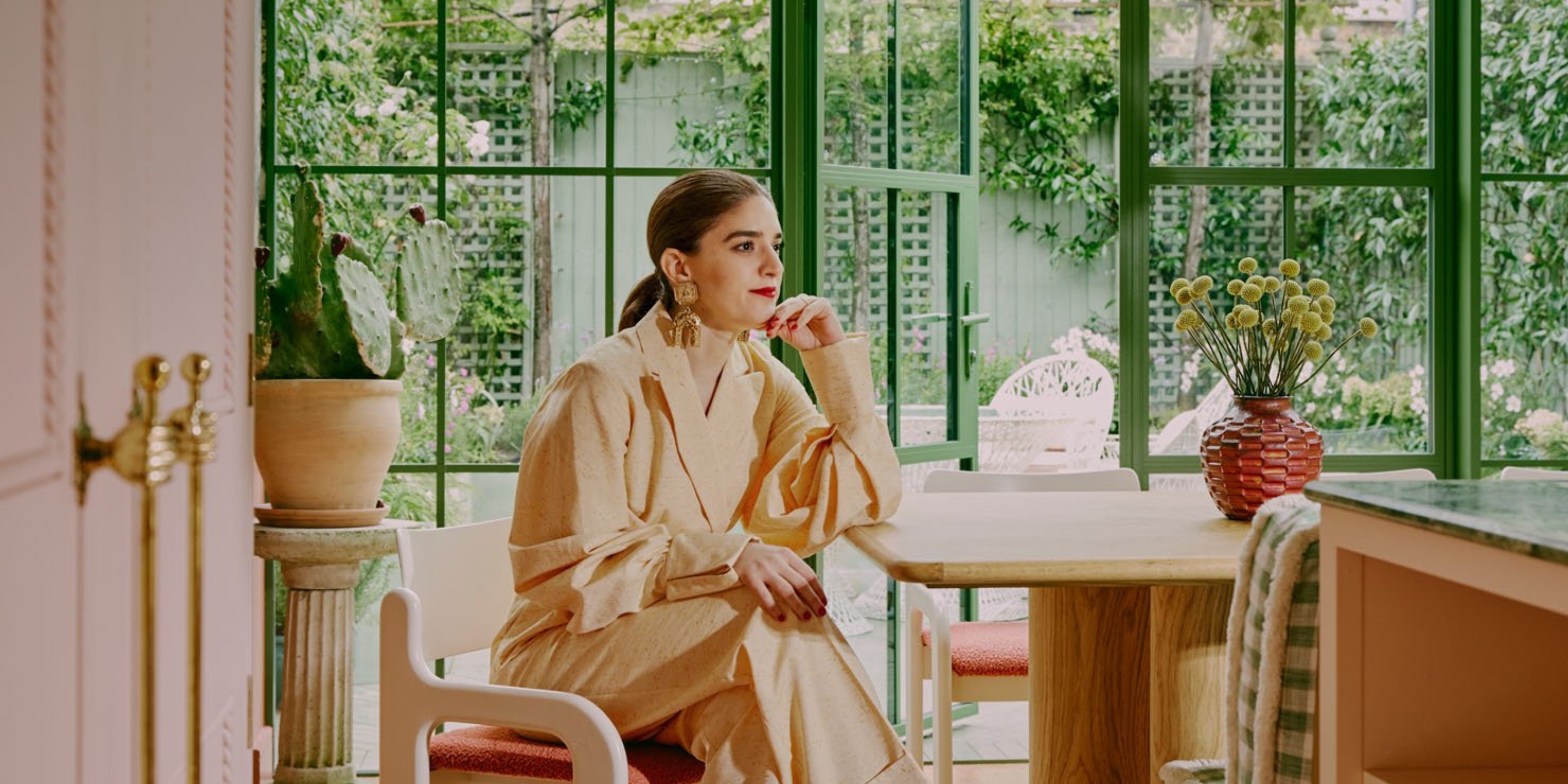
Q: When Should I Color Drench and When Shouldn't I?
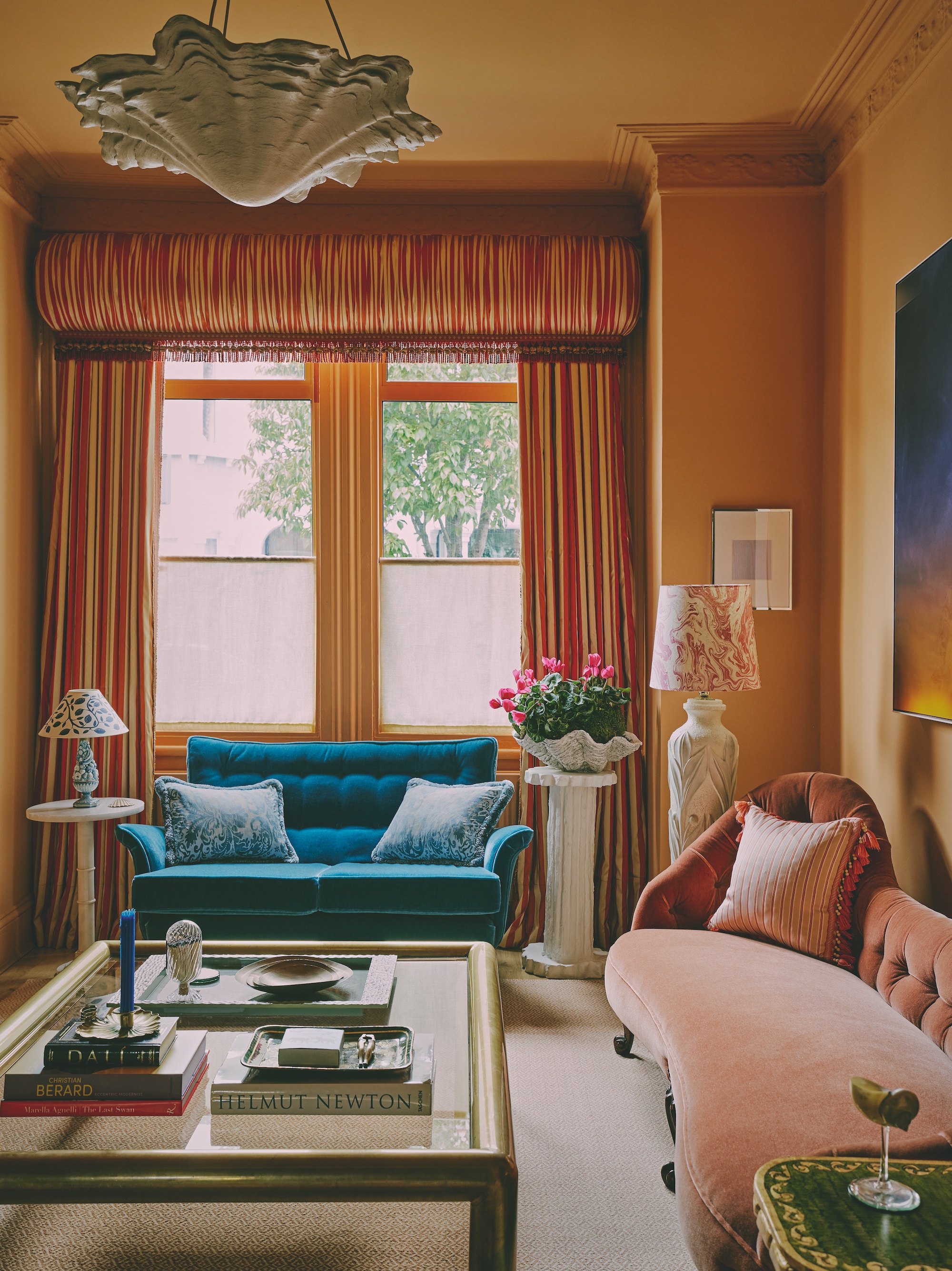
Stephanie color drenched her own living room in Dutch Orange by Edward Bulmer, but was careful to balance it with cooler shades.
"I think there is a time and place for color drenching, a term for when you take a paint up the walls and over the ceiling. Size is not something I’d worry about when wondering whether to drench — it’s not true that big colors make small spaces smaller. Instead, I use this technique when I’m trying to evoke a certain mood, to add some vibrancy, warmth, for spaces in which I want to entertain and feel cosy. My living room is color-drenched in Dutch Orange by Edward Bulmer, a peachy tone that is highlighted by the different glows from the many lamps, drawing together everyone who gathers in the room.
Where else would I color drench? Powder rooms are perfect — go dark for a sophisticated and glamorous take. And hallways and staircases work well too, those transitional areas which a strong colour can guide you through. I’m doing a project at the moment with an olive green staircase, and although it’s quite narrow, the color feels so rich.
I wouldn’t drench a bathroom or bedroom, however. These are spaces you want to wake up in, to feel light and bright and refreshed, to have the levity of a cloud. Paler colours, used more judiciously, are wiser in these rooms.
A word of warning about drenching, too. The key to this style’s success comes from remembering to include a balance. If you were to drench a living room in a cool tone like blue then you’ll need to add warmth elsewhere, with pinks, reds, oranges, and so on used for fabric and accessories. Similarly, when covering a space in warm tone, add cooler tones within — the blue sofas and pale plaster lights in my living room offset that Dutch Orange well.
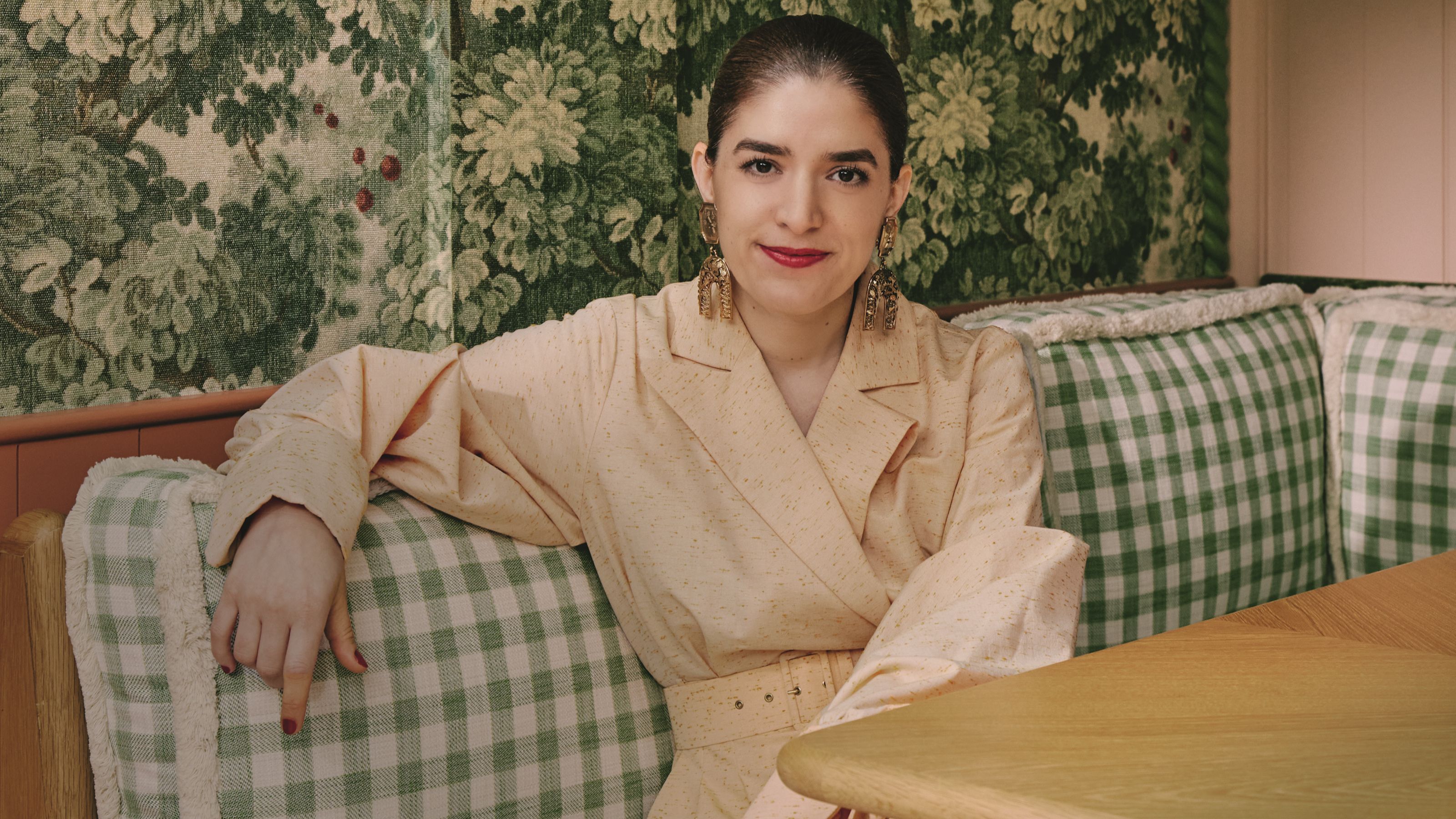
Stephanie Barba Mendoza founded her London-based interior design studio in 2020. Leading an experienced team and connected to an international network of creatives and artisans, she has established a rich vision, characterised by a distinct sense of vibrancy and opulence. Her global portfolio encompasses a range of projects, which include private homes in London, Antwerp and Miami, hospitality ventures in Lisbon, Vienna and Amsterdam, and a club in the heart of Mexico City.
Q: I Want to Wallpaper My Kitchen but I'm Scared of It Not Being Durable — What Do I Need to Know?
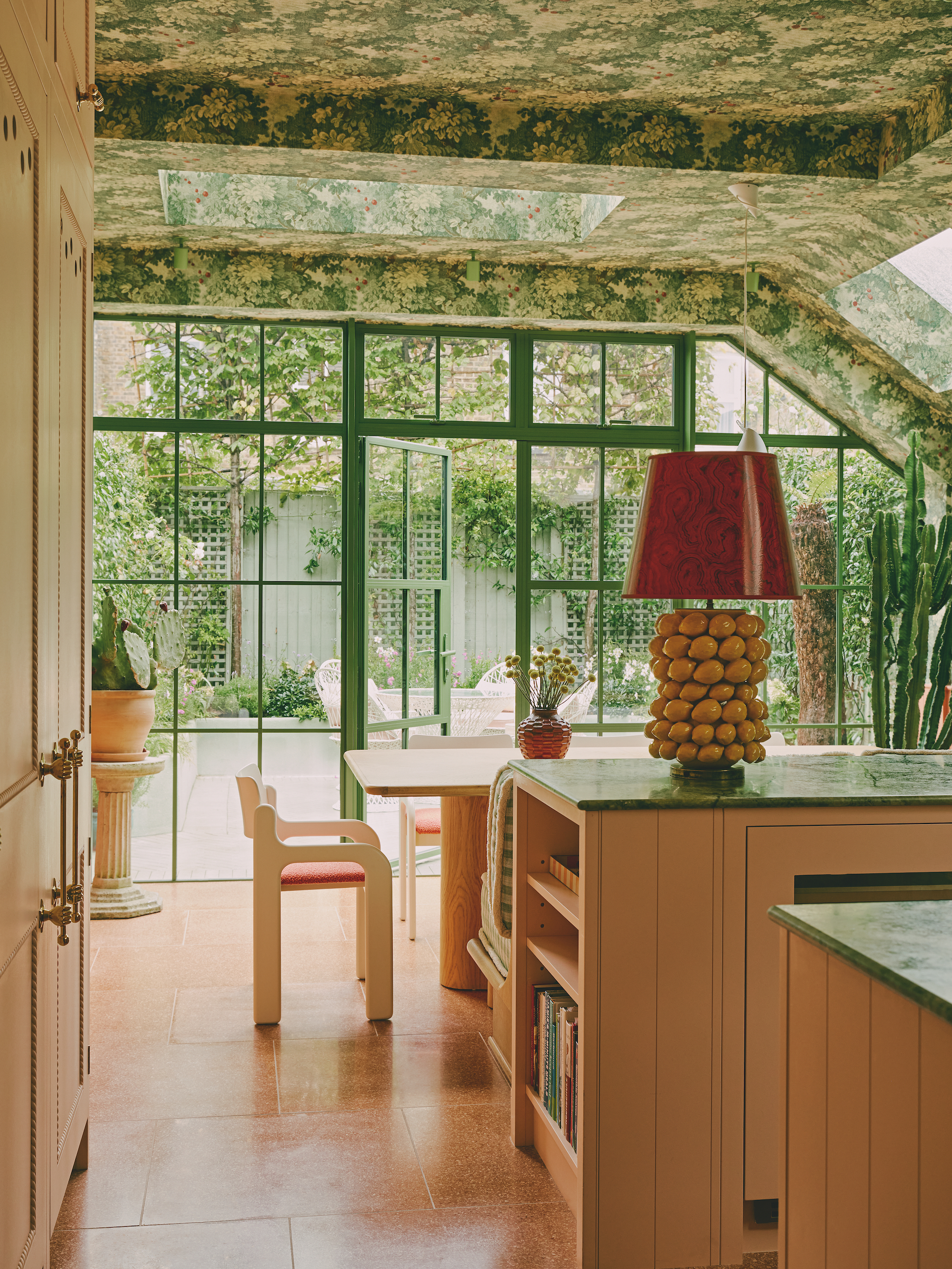
The Marly vinyl wallpaper by Colony in Stephanie’s kitchen/diner "looks and feels like linen."
I always think wallpaper — especially a floral or organically patterned one — is a good modern kitchen idea. These rooms are so linear, so functional, so rigid with structures like the tall, straight floor-to-ceiling cabinets that it’s important to add softness where you can. And today’s vinyl wallpapers have improved greatly from what was on offer just a few years ago. My kitchen walls are covered in the Marly vinyl wallpaper by Colony, but it looks like linen. It has so much texture, and it’s completely wipeable.
But actually, most luxury wallpaper companies will now add a layer of protective lacquer to their wall coverings if you ask — I know that Pierre Frey definitely does. It means a wipe-clean surface but without the plastic, so it could be a more sustainable choice.
If you want to take the kitchen wallpaper over the ceiling like I did, then that’s another reason to embrace a pattern inspired by nature. It’s less important with looser prints to ensure the pattern matches up, so you’re able to get away with how the ceiling joins to the wall — you couldn’t if the print was more structured.
The Livingetc newsletters are your inside source for what’s shaping interiors now - and what’s next. Discover trend forecasts, smart style ideas, and curated shopping inspiration that brings design to life. Subscribe today and stay ahead of the curve.
Q: My Family Sofa Needs to Be Reupholstered. The Frame is in Good Condition but the Kids and Dogs Regularly Jump All Over It. What Fabrics Are the Most Long Lasting?
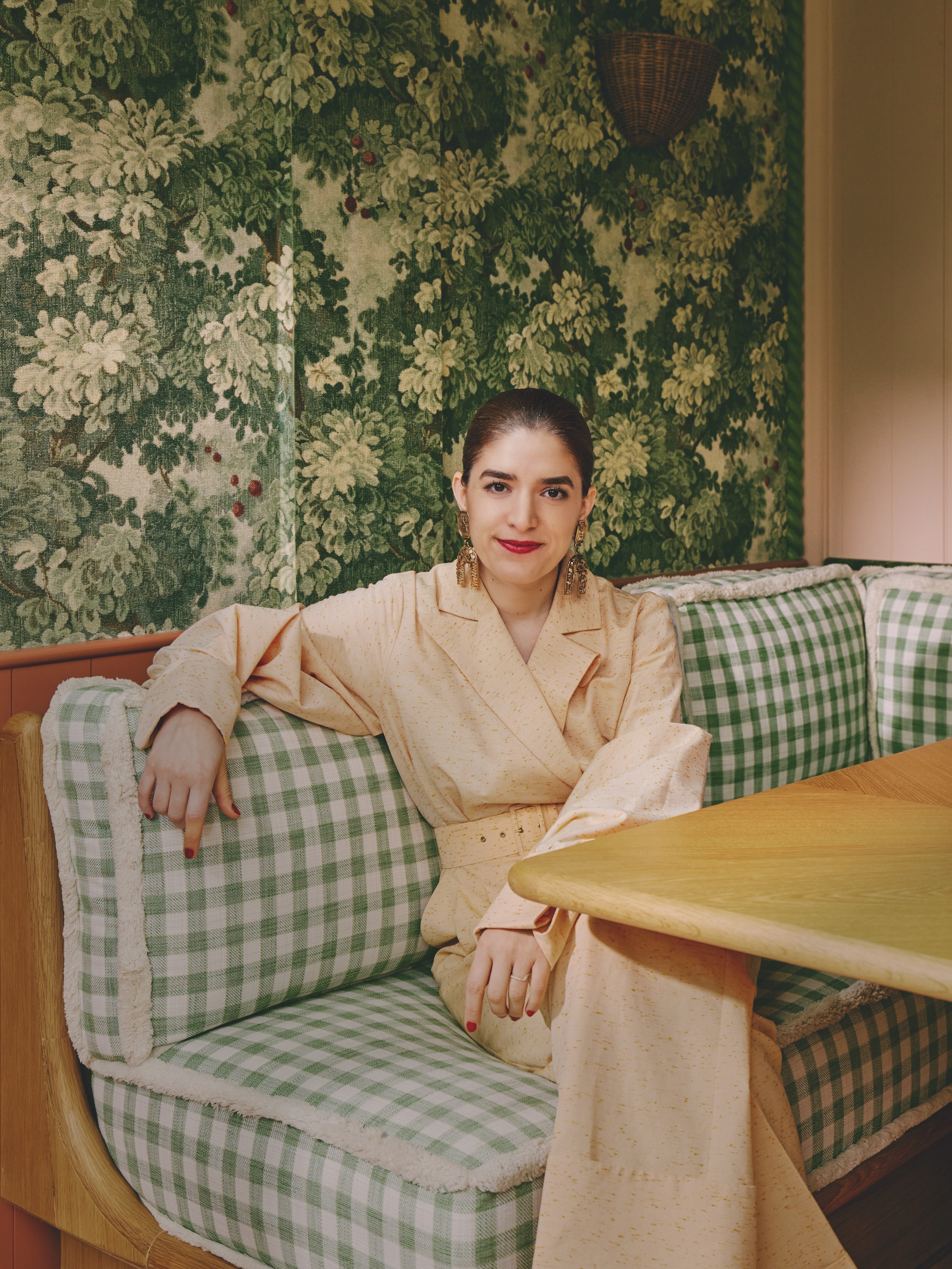
The banquette in Stephanie's kitchen is upholstered in an outdoor fabric.
I’ve had the sofa in my own family room for 15 years, but it has already had a couple of lives. For its most recent incarnation, I got my upholsterer to make a loose cover for it that can be taken off, washed, and replaced — essential for the way my kids treat it. Perhaps look for a fabric that is more suitable for hospitality or contract, that can take a lot of wear and tear. All the fabric houses you know and love also offer hardwearing versions with a minimum rub count of 40,000, meaning they're suitable for commercial spaces, without compromising on the beauty.
Or get a performance fabric, like the Martina Plaid by Schumacher that I’ve used to upholster the banquette seating in my kitchen. It’s actually meant for outdoors, but that just means it’s wipe clean, an essential quality for family life. And don’t forget you can get sofa cushions remade or re-stuffed, too. Sometimes, having some fresh feathers added is all you need to make a piece of furniture feel brand new.
The editor of Livingetc, Pip Rich (formerly Pip McCormac) is a lifestyle journalist of almost 20 years experience working for some of the UK's biggest titles. As well as holding staff positions at Sunday Times Style, Red and Grazia he has written for the Guardian, The Telegraph, The Times and ES Magazine. The host of Livingetc's podcast Home Truths, Pip has also published three books - his most recent, A New Leaf, was released in December 2021 and is about the homes of architects who have filled their spaces with houseplants. He has recently moved out of London - and a home that ELLE Decoration called one of the ten best small spaces in the world - to start a new renovation project in Somerset.
